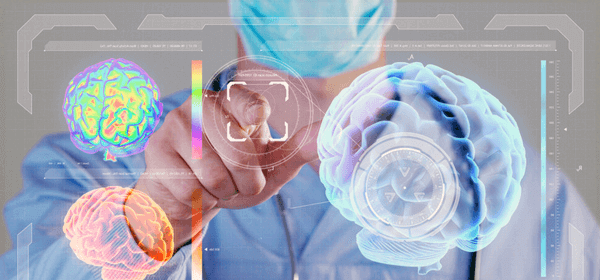3D Printing in Medicine

ANNIE PATEL – The increasing use of 3D printing in new settings is becoming a major source of growth for industries and leading to exploration of new fields this technology can be used for. When the term 3D printing arises, the most common associations are with educational settings and prototype manufacturing. However, with recent advances even more can be done with this technology, such as being able to produce final products not just prototypes. One of the most influential and growing applications is the use of 3D printing in medicine. Even though its use is relatively new, it is advancing the treatment of many different fields of medicine.
Widely accepted forms of 3D printing applications in medical settings include providing prosthetics to patients as well as modeling images of MRI or CT scans. While still mainly functioning to provide prototypes for cases in which complex prosthetics are needed, it is being tested and considered to implement in producing the actual prosthetics. When this does occur, it will be beneficial for the hospital administration in addition to the patient with it being cost efficient. Regarding the models from imaging technology, the 3D models have led to better understanding of the anatomical structures. Specifically, the models have helped medical professionals identify fractures and tumors within the patients, thus having a significant impact on their health and lives.
Other potential applications of 3D printing are being researched, such as for nerve regeneration and creation of artificial organs. In respect to nerve regeneration, it is thought that much of the functions of nerves become highly damaged due to accidents or disease. However, 3D printing is able to create the structures of the scaffolds that can be used to guide and help the nerve cells regenerate. Moreover, concerning the production of artificial organs, which includes the heart, kidney, and liver, there is still a long process required to reach that point where they are readily available to the public. However, it has the potential to save many lines being that it will eliminate the waiting list for organ donations and transplants. The acceptance and advancement in artificial organs may occur in the next few decades.
Overall, the advancement of medical treatments due to this form of technology has opened more doors for both future treatment procedures and better patient care. For some specialties, this technology has become commonplace, while it is still being considered and tested for application in other settings, as in the case with nerve regeneration. There is great potential for this technological advancement to further help medical practices and healthcare in general. Its potential future expansion into other regions of the world will further benefit healthcare.
Photography Source: Bianca Patel, https://disruptionhub.com/3d-printing-healthcare/
